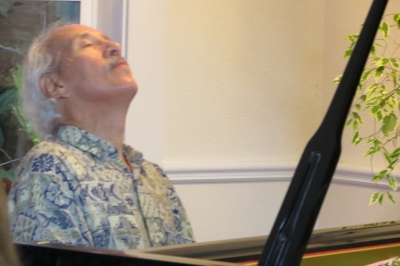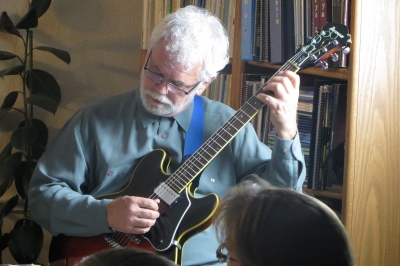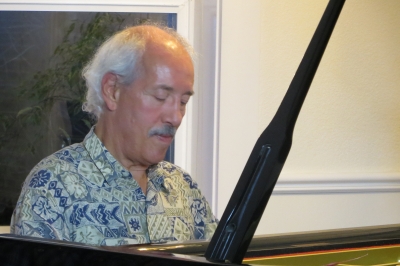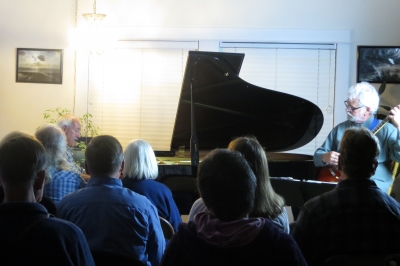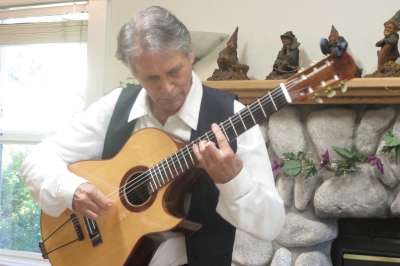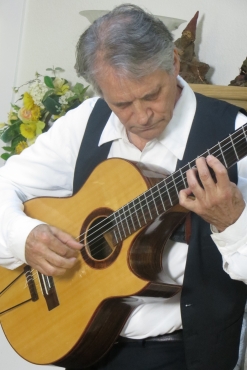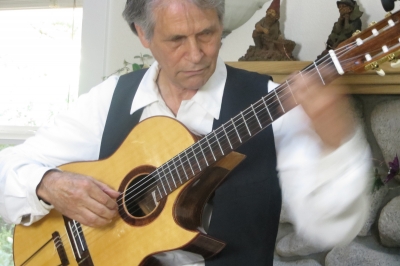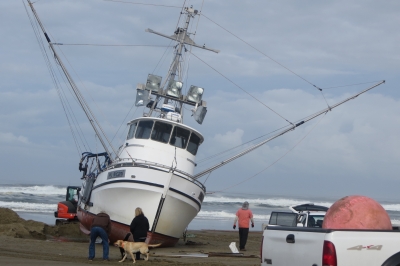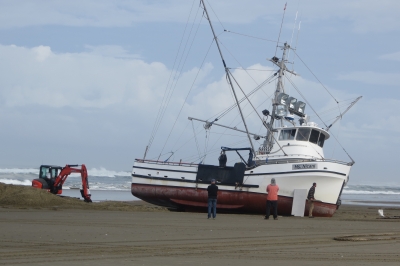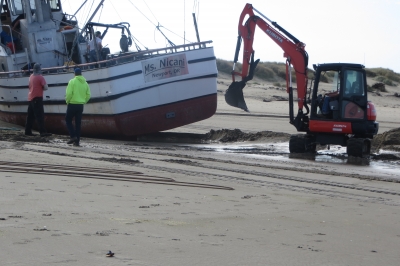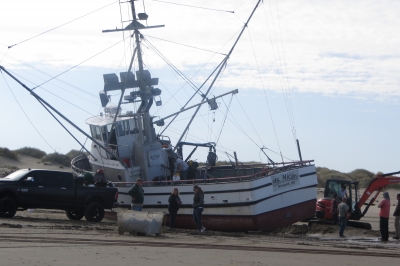Greetings and Happy Fall!
I love this time of year, which usually brings the best coastal weather. It’s hard to fathom how it got to be October already, but here we are!
During the 1960’s, duo-pianists Ferrante and Teicher sold more than 20 million records, and at least thirty of their albums were on the Billboard charts between 1961 and 1972.
Cristofori sold a few of his pianos to the King of Portugal.
At the end of the eighteenth century, when the piano was clearly driving the harpsichord into oblivion, the title pages of keyboard music regularly stated that the works were suitable for either piano or harpsichord.
New Reviews: New music continues to flow in at an amazing rate - both recordings and sheet music - and we have some great new albums to share with you!
Click here to go to the Latest Reviews which include new titles by White Sun, Paul Cardall and Bernward Koch. I’ll start reviewing Christmas albums in October as well as working on the the huge pile sitting here, so check back often! New reviews coming up will include Michael Logozar, Kevin Kern, David Lanz, Joe Bongiorno, Louis Landon, and Louis Colaiannia’s album inspired in part by his four days in Florence, OR last year.
The earliest-known advertisement for a piano was made in 1775 by John Behrent and placed in the Philadelphia newspapers.
John Broadwood sold his first square piano in 1780 in London and his first grands in 1785.
The term “grand piano” was introduced in 1777 in Robert Stodart’s application for an English patent for a combination piano-harpsichord. It was called “grand” to distinguish it from the smaller square pianos being made.
New Interview: I only had time to do one interview last month, but it’s a very interesting one with Marc Enfroy, whose new
Crossroads album will certainly be a Favorite for the year. It is powerful, dramatic music, and I was curious to know where it all came from. Some of Marc’s answers were a total surprise, but that’s what makes it so interesting. Check it out
here. Next up will be Louis Colaiannia!
The grand piano developed into an instrument that answered the acoustical demands of concert settings, the musical needs of professional musicians and serious amateurs, and the social needs of the rich and powerful.
As the piano evolved, English piano makers concentrated on a more powerful sound while the Germans concentrated on speed and subtlety in the responsiveness of their instruments, so the main differences between the pianos of the two countries was their actions.
Cristofori’s pianos had a una corde stop that was a knob on the cheek of the keyboard that moved the entire keyboard sideways so that the hammers would strike only one of the two strings for each note.
A Note About Reviewing: If you are waiting for me to review an album that you submitted, thank you so much for your patience. I have been swamped and then had an emergency proofing job come in that I didn’t expect. I’m running behind schedule, but am hoping to catch up in the next week or two. I’m dancing as fast as I can while trying to not compromise any quality. I hope to get several reviews written this weekend which will bring me much closer to the 3-6 week time frame I try to stay within. It’s been impossible the last couple of months, so please bear with me! Thanks!
Mozart usually published the keyboard works he wrote for amateurs but not the more virtuosic works he composed for himself.
Instead of being called the “Father of the Pianoforte,” as he was during his lifetime, Muzio Clementi should perhaps be known as the “Father of the Entertainment Industry” because of the principle of tie-ins and interrelated promotions on which today’s entertainment industry depends is fully realized in his enterprises. During Clementi’s lifetime, the whole musical entertainment industry revolved around the piano.
Starting in 1802, Clementi started traveling to the US, not as a performer anymore but as a sales agent for his own pianos and as a scout for music that his company might publish.
October Concerts: The two concerts this month will be solo guitar and tango! Then we’ll finish the year with Steve Rivera and Neil Patton in November and a jazz piano Christmas concert with John Paris in early December. First up this month will be David Rogers on October 15th. The online info is
here. David is a very versatile performer who plays a wide variety of music, so I’m really looking forward to it! On October 30th, guitarist Craig Einhorn will return, this time with his new group, Tangor, which performs tango and other genres of music. That will be an afternoon concert at 3:00. All of the others are at 7:00 PM. I’ll have the flyer for Tangor’s concert next week.
The piano rose to prominence in late-eighteenth century musical life because playing it became a necessary accomplishment for a growing class of women.
The piano stool that changes height when spun appeared by the end of the eighteenth century and can be considered an important landmark in the ergonomic design of furniture. If anything, it is too well adapted to children, who have always preferred twirling to practicing!
In the 1880’s, surgeons began performing an operation on pianists in which they severed the tendons between the ring finger and the little finger so that the “liberated” ring finger would be equal in movement to the others.
Scott Cossu’s Concert with Lonnie Mardis: It’s always such a delight to welcome Scott Cossu back for his annual concert here. This was the second year he performed with guitarist Lonnie Mardis, who is an incredible musician himself. September 14th was a magical evening that included some Cossu classics as well as some newer music. Some of it was soothing and peaceful and then they both cut loose and shook the house! Here are a few photos:
At the end of the twentieth century, “performing arts medicine” developed as a medical specialty parallel to sports medicine.
In Germany, nineteenth century conservatories did not provide practice facilities - students were responsible for their own pianos. Finding appropriate lodgings and a good piano proved to be the principal headaches of being a music student.
In 19th century Germany, city governments passed ordinances limiting the hours when one could practice the piano.
John Jarvie’s Concert: John Jarvie’s classical guitar concert here on September 26th was excellent as always, but it was also very embarrassing since we only had eleven seats reserved and then only five showed up. I’ve never had anything like that happen before and I hope it never happens again! John was a real trooper and played as though we had a full house, telling stories about the composers and the music as well as playing a wonderful variety of pieces that included his own arrangement of “Fur Elise.” It was a great afternoon of concert that was VERY intimate and everyone had a front-row seat! Here are a few photos:
In 1882, a case came to court in Bamberg, Germany involving a young woman who played the same three pieces by an open window from 8:00 PM to 10:30 PM. The neighbors called the police and she was taken to court, where the judge found in favor of the neighbors.
Franz Liszt became the first pianist to employ an agent, Gaetano Belloni, who for six years in the 1840s served as his advance man, business manager and secretary on his concert tours across Europe.
In the eighteenth century, there were no keyboard tuners as such. Keyboard owners and players expected to tune their own instruments or have someone on their premises who did it for them. During the nineteenth century, piano tuning gradually turned into a profession.
Student Recital: I decided not to have a student recital this past spring, so we’ll plan to do the annual Holiday Recital in December, most likely the afternoon of the 10th. It’s a pretty small group this time, so I’m thinking of having students play two solos and a duet with me to give them a little more performing experience. More about that next month!
By the 1870s, piano tuning was sufficiently established that it began to be treated as an attractive opportunity for classes of workers with disadvantages in the workplace. The Royal Normal College and Academy of Music for the Blind in England offered training in piano tuning to the blind, as New England Conservatory did to women.
The term “Lisztomania” was used to describe the mass hysteria surrounding Liszt in the 1840’s. Women sought cuttings of his hair, German girls wore bracelets made of the piano strings that he broke; some females carried glass containers that contained his coffee dregs while others collected his cigar butts and hid them in their cleavages.
The period from 1870's to the 1920's was the heyday of the piano in Western musical culture. By 1870, production of pianos had grown to about 85,000 instruments a year in the four leading piano-producing nations - Britain, The US, France, and Germany. From then the number increased constantly until by 1910 it had reached almost 600,000 a year in those four countries alone.
October Birthdays: Birthday greetings this month to:
10/6: Michael Diamond
10/8: Laura Sullivan
10/19: Lesley Spencer
10/20: Vito Gregoli
10/24: Doug Hammer
10/27 Antonio Simone and Pam Gibbs
Cheers y’all!
Yamaha pianos were awarded honorary grand prizes at world expositions in St. Louis and Seattle in 1904 and 1909, respectively.
In 1875, Mozart set up a series of six public concerts in a converted flour warehouse in England.
Liszt “invented” the solo recital in about 1839. He originally called his recitals “musical soliloquies” saying “I do not know what other name to give to this invention of mine.”
That should do it for this month! Wishing all of you a great October! Below, I'm including a few photos I took of a rather unusual sight that appeared on our local beach last week. A large fishing boat ran aground and was in the middle of the beach for a few days. No one was hurt and the damage to the boat was minimal. I haven't heard the whole story yet, but they had to dig out the rudder and propeller and then waited for a high tide to bring a tug boat in to take it out to deeper water. Pretty amazing, really!
Kathy




